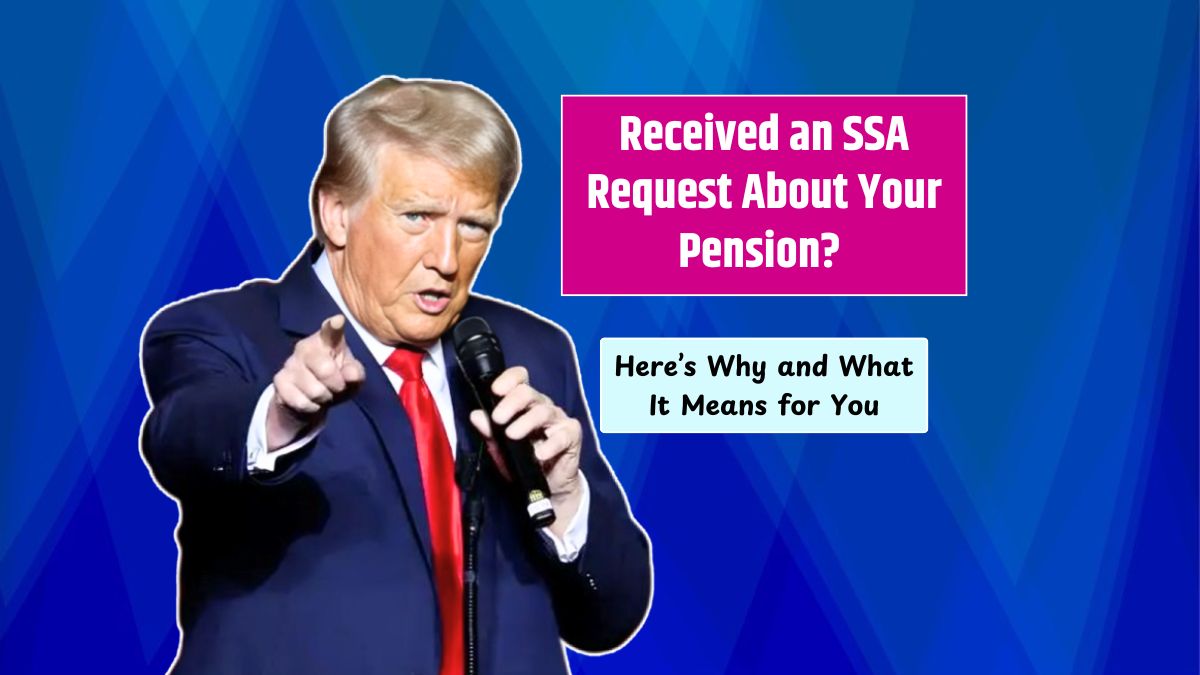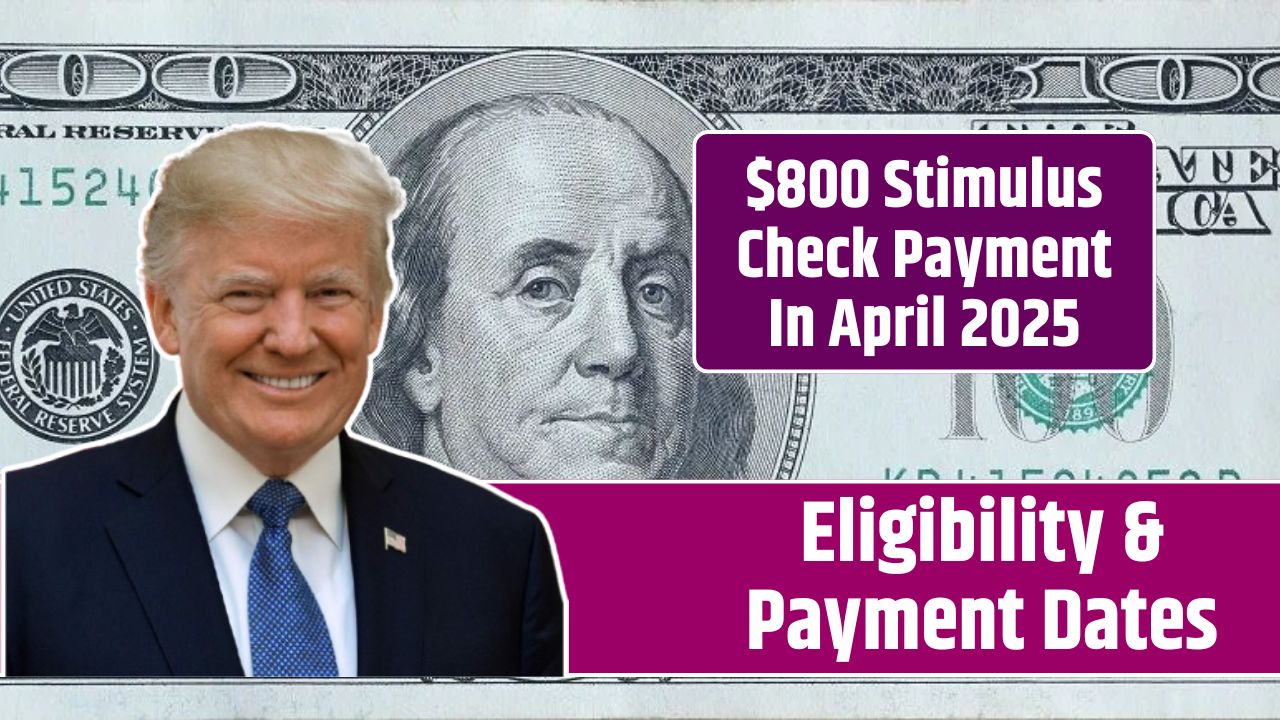In a long-awaited victory for public servants across the U.S., the Social Security Fairness Act was officially signed into law by former President Joe Biden on January 5, 2025. This historic legislation repeals two controversial provisions—the Windfall Elimination Provision (WEP) and the Government Pension Offset (GPO)—restoring full Social Security benefits to millions of retirees. And here’s the best part: the change is retroactive to January 1, 2024.
So, what does this mean if you’re a retired teacher, firefighter, police officer, or any other public employee impacted by WEP or GPO? Let’s break it down.
Background
For decades, the WEP and GPO have reduced Social Security benefits for people who worked in jobs not covered by Social Security but also paid into the system through other employment.
- WEP: Reduced retirement benefits for people who earned a pension from a job not covered by Social Security, even if they paid into the system through other jobs.
- GPO: Slashed spousal or survivor benefits by two-thirds of a public pension, severely impacting surviving spouses of public workers.
The repeal of both provisions has been hailed as a game-changer, especially by educators, law enforcement officers, and civil servants who’ve long argued these rules were unfair and outdated.
Impact
With the WEP and GPO no longer in effect, retirees affected by these provisions will now see:
- Full Social Security benefits restored going forward
- Higher monthly payments starting in 2025
- Retroactive payments available up to six months prior to your claim (if eligible)
For many, this could mean hundreds of extra dollars per month, which makes a real difference when living on a fixed income. Spouses and widows who were previously shortchanged by the GPO can now also receive the full survivor or spousal benefits they deserve.
Action
So, how can you get the benefits you’re now entitled to? Here’s a step-by-step guide:
- Check your Social Security status
Log into your my Social Security account to review your earnings record and see if you were affected by WEP or GPO. - Contact the SSA
Reach out directly to the Social Security Administration to update your records or file for adjusted benefits. You can call, schedule an in-person appointment, or visit a local SSA office. - Claim retroactive benefits
If you’ve been receiving reduced payments, you may qualify for back pay—but only for up to six months, so don’t delay. - Talk to a financial advisor
With increased monthly income, it’s smart to review your broader retirement strategy. Additional income could affect taxes, Medicare premiums, or eligibility for other assistance programs. - Register if you’re not already
If you’ve never signed up with SSA but are now eligible for more, create an account, verify your work history, and get your benefits sorted out ASAP.
Reminder
The SSA is still adjusting its systems and staffing in light of the new law, so wait times may be longer than usual. But this is a once-in-a-lifetime opportunity for many retirees to finally receive the full retirement benefits they earned through years of hard work and public service.
This isn’t just a political win—it’s a financial reset for millions of households. If you or someone you know was affected by WEP or GPO, this change could be life-changing.
FAQs
What is the Social Security Fairness Act?
A 2025 law that repeals WEP and GPO to restore full benefits.
When did the repeal go into effect?
It’s retroactive to January 1, 2024.
Who benefits from the repeal?
Retired public workers affected by WEP or GPO reductions.
Can I get back pay?
Yes, up to six months of retroactive benefits.
How do I check my eligibility?
Log into your SSA account or contact the Social Security office.


















